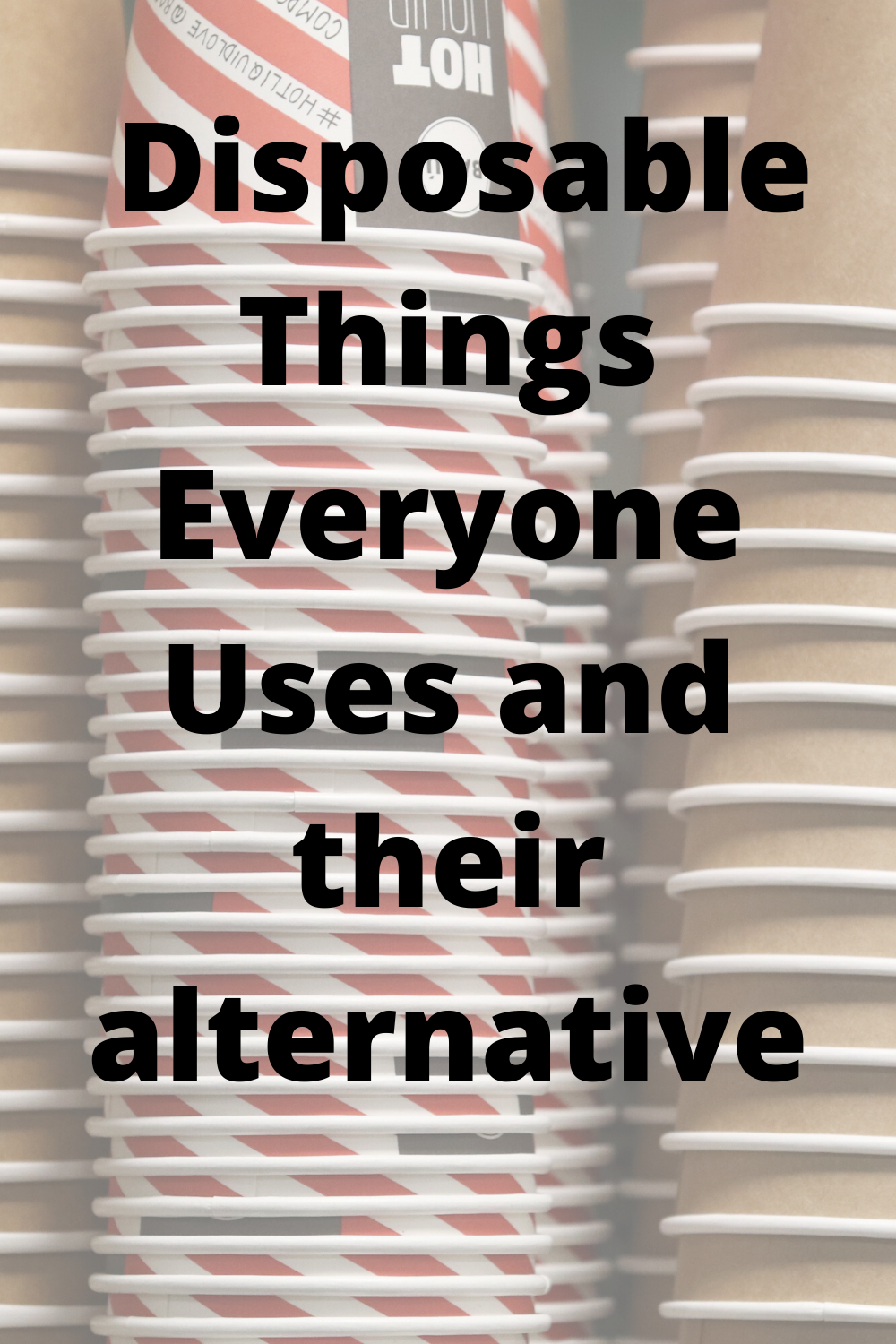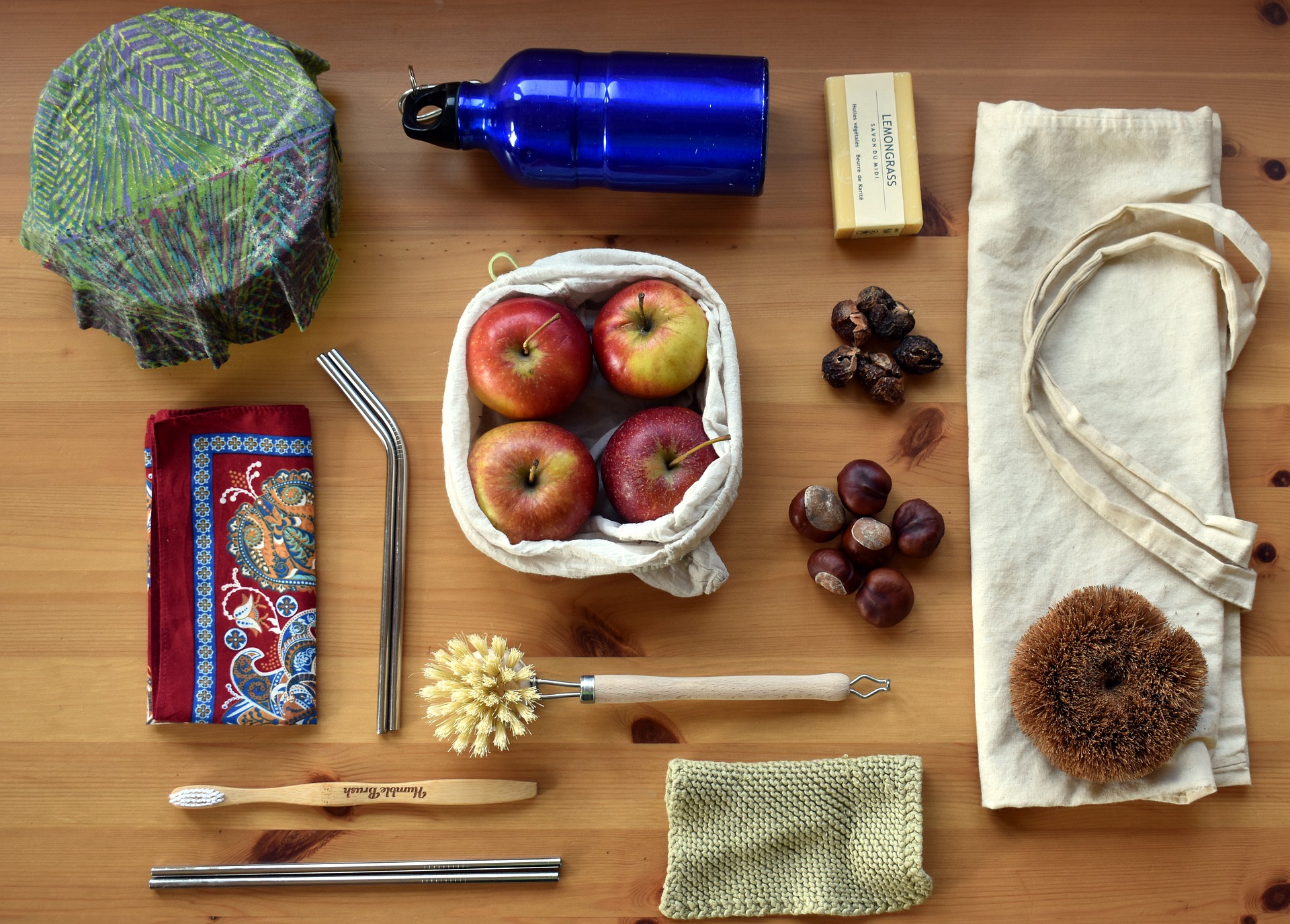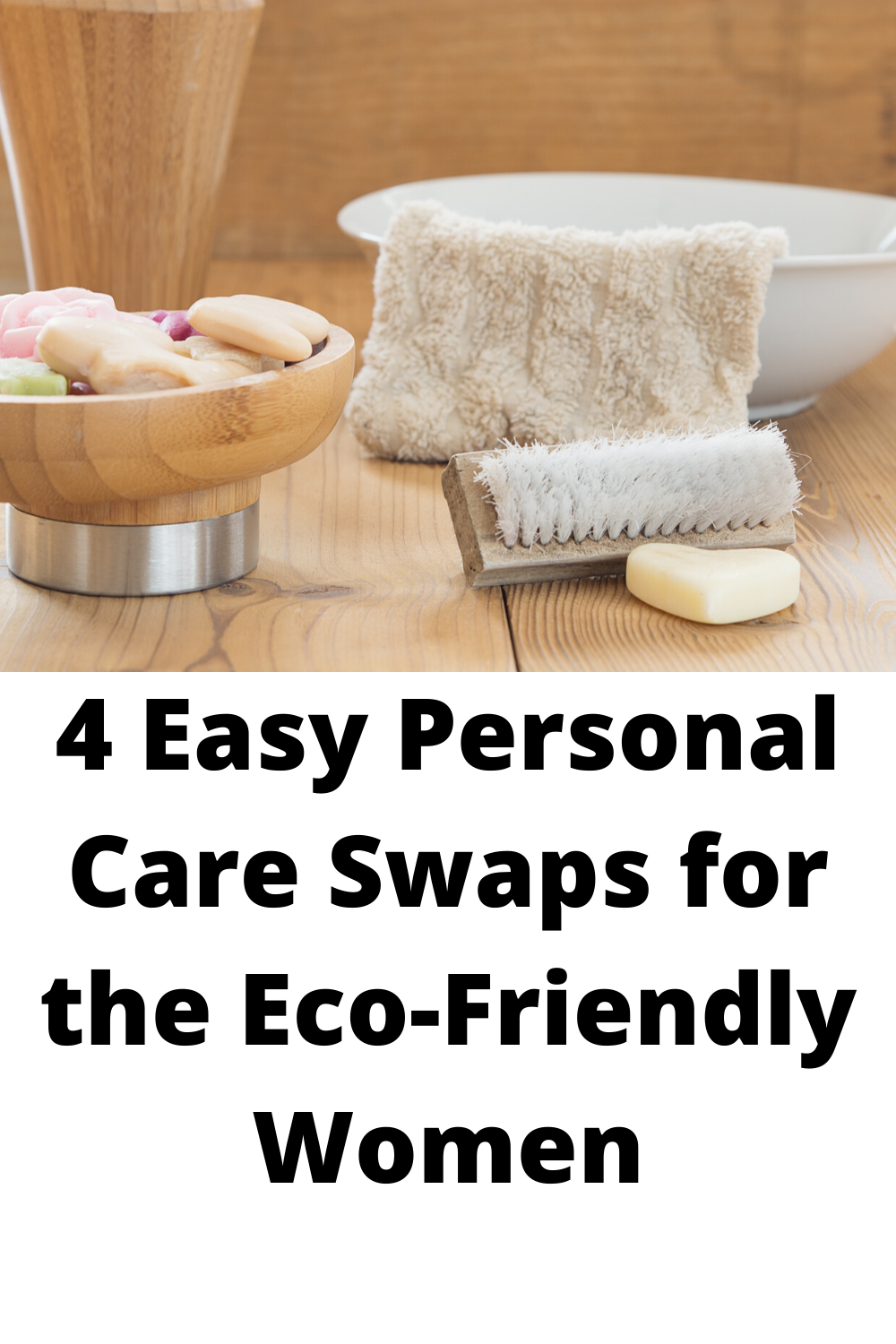9 Disposable Things Americans love to use
The modern world has a lot of conveniences that make life easier. We all love them and use them everyday. We can’t imagine a world without these conveniences and would think it barbaric to stop using them. Not that long ago these ten disposable items were not even a thought but since they are so ingrained in our everyday lives let’s discuss the 9 loved disposable items Americans love to use and think that they can’t live without and the alternatives that are available to replace them.
The good news is you might stop worrying about running out of toilet paper and bottles of water and find something better.
1. Toilet Paper
Ever since the beginning of Covid-19 began people have been going crazy buying up all the toilet paper. People are panic buying and leaving the shelves completely empty.
Did you know that toilet paper was not invented until 1857. That means that for thousands of years people were just fine without toilet paper.
What did they use instead?
Leaves, Water, Grass, Ferns, Corn cobs, Fruit skins, Seashells, Stone, Sand, Moss and Snow
What to use now instead
Bidet attachment
To learn more about bidet attachments check out www.tushy.com and the section on bidets in this post here http://www.theclassybrokegirls.com/4-easy-personal-care-changes-to-be-eco-friendly/
FYI…We love our bidet and when I ever I have to use toilet paper when I am at work or somewhere else I miss my bidet.
2. Plastic water bottles
Oh plastic water bottles. We use them for travel, for parties for working out, to give to the kids, when we have company over and just when ever we want water. This is also another item that people seem to be panic buying during Covid-19 here in the US. But do we really need to spend money on water that is prepackaged in plastic containers. Most places in the United States has relatively safe drinking water and water filtration systems are relatively easy to come by.
Flash back to 1972 and you would not see any plastic water bottles in the stores. That is because bottled water was not invented until 1973.
Did you know it also takes 2,000 times as much energy to produce bottled water than tap water. It is a cheaper alternative to glass bottles which is what soda and other carbonated drinks used to be sold in but glass is much more eco friendly than plastic water bottles.
What to use instead
There are plastic reusable water bottles like this
Or stainless steel water bottles like this
Or this Glass option with a silicone sleeve
If you feel you need your water to be filtered and that is what is holding you back from stopping the use of single use plastic water bottles then here is a bottle with a built in filter
3. Paper towels
Kitchen paper towels were rolled out in 1931 by the Scott Paper Company and the rest is history.
Don’t get me wrong I still occasionally use a paper towel for really gross messes
There are some paper towels made from recycled materials but mostly they are made from virgin materials making them not very environmentally friendly.
Interestingly it is said that a teacher thought of the idea when many of the children in school where getting sick in school from using the same cloth towel in the bathroom. I do believe that paper towels have a place in some situations, like in public restrooms and hospitals. But it is not necessary to use traditional paper towels made from virgin materials often.
What do use instead
At home where we are exposed to less germs we can use cloth hand towels to dry our hands and kitchen cloth towels to wipe up spills and messes and then clean these towels in the laundry. This will lower the amount of paper towels that are bought and needed.
There are reusable bamboo paper towels available. This would be better because they are made from bamboo that grows rapidly and they are reusable so they will last longer than a single use traditional paper towel.
These unbleached cotton and bamboo towels replace 100 rolls of regular paper towels
Or this pack of Swedish Cellulose Sponge Cleaning Cloths that are reusable and biodegradable
4. Antibacterial wipes
Wet naps started being sold in 1963 and were first distributed to Kentucky Fried Chicken. They became more common form the 1970’s onward.
Almost all of the wet wipes on the market are produced from non-woven fabrics made of polyester or polypropylene.
It is moistened with water or other liquids like isopropyl alcohol. The material may be treated with softeners, lotions, or perfume. Preservatives such as methylisothiazolinone are used to prevent bacterial or fungal growth
Read this article here https://www.today.com/home/there-s-right-wrong-way-use-cleaning-wipes-apparently-t154581
It explains that antibacterial wipes in order to be effective need to be used on one surface and tossed and that the surface needs to stay wet for 4-10 minutes depending on the brand. They recommend using soap and water on most surfaces instead
What to use instead
Multi purpose spray
White Vinegar
Soap and water
Thieves Household Cleaner

Get the Thieves Starter Kit here- https://theclassybrokegirls.lifestepseo.com/kits/thieves
5. Pads and tampons
Women on average will deal with their menstrual cycles and periods for 40 years. The most popular period products are disposable pads and tampons. They might even be the only ones you know about.
The first pad by Kotex started in the 1920’s. Tampons were invented in the 1930’s. The average woman uses about 5 pads or tampons a day. That means between 12,000 and 14,400 pieces of non-biodegradable trash per woman. That is a ton of trash.
What to use instead?
Surprisingly the first menstrual cup was developed in the 1930’s. As today these are very effective but were not as popular as pads and tampons.
A menstrual cup is a reusable menstrual product normally made of medical grade silicone, it might also be made of rubber.
To learn more about menstrual cup and menstrual disks, what the difference is and how to choose one- click here http://www.theclassybrokegirls.com/reusable-menstrual-cups-or-disposable/
To read all about my first experience trying reusable menstrual cup- click here http://www.theclassybrokegirls.com/eco-classy-period/
Another option that is much more environmentally friendly than disposable pads are reusable cloth pads.
To learn about reusable cloth pads- click here http://www.theclassybrokegirls.com/reusable-cloth-menstrual-pads/
The third more eco-friendly option is period underwear. These have some cons and are not right for everyone, especially those with a heavier period but for those with a lighter period or spotting will probably find that period underwear works well for them.
To learn more about period underwear- click here http://www.theclassybrokegirls.com/4-easy-personal-care-changes-to-be-eco-friendly/
6. Plastic Bags
The plastic shopping bag that we know today came on the market in 1965 and took off in popularity. Do you remember when you used to be able to choose between paper and plastic at the supermarket. I do. But then almost overnight the paper bags disappeared. As a 90’s child I remember using those paper bags to make book coverings for school textbooks.
It wasn’t until 1997 that the Great Pacific Garbage Patch was discovered full of plastic, including plastic grocery store bags. I know, I know you reuse those bags. So do I. I use them as small trash bags, to carry items to the car, for picking up gross things and at yard sales. But they are not good for the environment.
What to use instead?
Since the paper bags are all but gone except for in Outer Banks, NC what can you use? Cloth bags, tote bags and reusable heavier duty plastic bags that are designed to be reused.
When I shop at Walmart and most supermarkets they have plastic bags galore. But when I go to Aldi I have to remember to bring my reusable bags. Sometimes I forget and buy another 10 cent bag that I always plan on putting back in the car. Sometimes I have left the store with my arms full of what I bought and no bag.
What to do?
Bring those bags with you, leave them in the car. Plan ahead for your shopping trips and bring reusable produce bags.
I still have and get some of those single use plastic bags when I go to Walmart but not nearly as many as I used to now that I shop more at Aldi. This has actually really helped me cut down on those type of plastic bags.
With more and more countries and cities banning plastic bags now might be the time to start making changes to reusable bags and totes.
Box style tote bags
10 pack of Grocery Tote Bags
Insulated Grocery Tote Bag
Reusable Produce Bags
7. Cotton makeup wipes
Disposable makeup wipes are easy and convenient but they are not necessary. They can actually cause irritation from the rubbing action leaving your face red. They might also leave makeup behind on your face leaving your face not really clean.
What to do instead?
Use soap and water
Choice a makeup removing cleanser, water and a wash cloth
Use a flat cotton cleaning pad over a cotton ball with your chosen product.
Products to use
Miceller water and then a moisturizer or oil to moisturize after washing face.
Coconut oil
Gentle cleanser
Reusable cotton or bamboo makeup pads
8. Diapers
Every parent knows how vital diapers are when they have a young child. They also know how expensive they are.
For a long time and in many parts of the world diapers were made out of a cotton material and were held in place with a fastening of some sort. Cloth diapers in the United States were first mass-produced in 1887. Nappies as they are called in England were made out of terry towel with an inner lining made out of soft muslin.
During the 1950’s multiple companies in the US starting working on disposable diapers. In 1959 Pampers came up with their product and launched it in 1961.
The average baby and toddler will go through thousands of disposable diapers that are only used once. It is estimated that about 27 billion disposable diapers are used each year in America and each one of those diapers take 450 years to decompose.
What to use instead?
Cloth Diapers!
Cloth diapers have come very far since your grandparents day. They are now more than just cloth and a pin they are have a more modern design that closely resembles the design of disposable diapers.
It is estimated that by switching to modern cloth diapers you will save $1,000-$2,000. The amount saved would increase if the cloth diapers are reused for future children also. There is a higher upfront cost when buying cloth diapers but it is less expensive over the course of the diapering time. The cost of washing the cloth diapers might want to be considered but you will be doing laundry anyway with any baby.
Cloth diapers also also adorable and come in cute designs.
It is recommended to have at least 24 cloth diapers to start. The start up cost will depend on what brand you go with.
Please do your own research into the cost of getting cloth diapers, how to use them and launder them. There are many resources available including blogs and Youtube videos.
These cloth diapers below are a one size design that has snaps that allow you to use the diaper form 0-2 years old. They are also suitable for girls or boys. It include 6 covers and 6 inserts. If only the insert get wet or dirty the cover can be used again.
What you need to cloth diaper: at least 24 shells and/or insers, a wet bag for when you are out to store the dirty diapers and a diaper pail to hold the dirty diapers or soak the diapers until you wash them.
The cloth diapers below come with 6 shells and 12 inserts
Prefolds
The best value I could find on Amazon are these 15 shells and 15 inserts. So if you bought 2 of these (there are additional designs to choose from) for about $150 you would have 30 one size adjustable cloth diapers for your baby.
9. To go cups/plastic cups
I go to Dunkin’ Donuts, I get a to go cup, I go to Starbucks, I get a to go cup, the gas station self serve coffee station…same. It is so easy to use to go cups whether they are Styrofoam or paper.
What to do instead?
Bring your own to go cup or refillable cup to use as the gas station or your local or favorite coffee place.
Did you know that you can request a cup and saucer at Starbucks when you get your coffee inside. Yes, you can opt out of the to go cup and use a real cup. Why not try that next time.
Conclusion
I hope that these 9 disposable loved items and the alternatives were helpful to you and you learned something.
Comment below any other alternatives to disposables you use.



